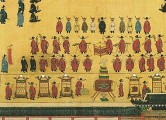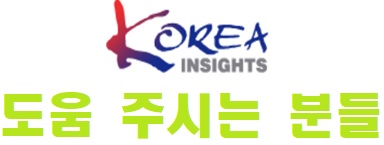-
Subyockcigi and taekkyon are considered the two greatest examples of traditional martial art forms native to Korea. The former is based on three principles - Heaven, Earth and Humankind - and incorporates the dualism of yin and yang found in nature. Subyockcigi is very powerful compared to other martial arts, but it forbids indiscriminate killing and tries to transmute lethal forces into positive, life-enhancing forces. Subyockcigi as we know it now was preserved by a handful of practitioners through the Japanese occupation period. In fact, with its emphasis on courtesy, loyalty, and harmony, it is widely considered the oldest of the traditional Korean martial arts.
수벽치기와 택견은 한국 고유의 전통 무술 형태의 가장 위대한 두 가지 사례로 간주된다. 전자는 하늘, 땅, 인간의 세 가지 원칙을 기반으로 하며 자연에서 발견되는 음양의 이원론을 통합한다. 수벽치기는 다른 무술에 비해 매우 강력하지만 무차별적인 살상을 금지하고 치명적인 힘을 긍정적이고 생명을 강화하는 힘으로 변환한다. 현재 우리가 알고 있는 수벽치기는 일제강점기 동안에는 소수의 수행자들에 의해 보존되었다. 실제로 예의, 충성, 화합을 강조하는 무술은 한국 전통 무술 중 가장 오래된 것으로 널리 알려져 있다.
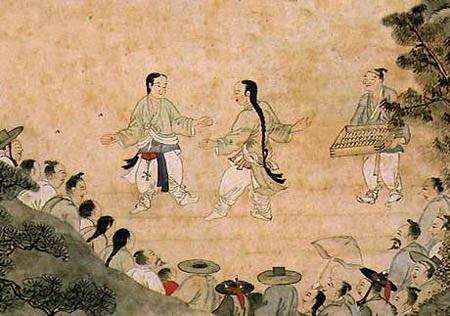
The first mention of Subyockcigi is in the ancient book History of the Koryo Dynasty, in which it is referred to as "subak" or "subakhoe". It is now considered, however, that subyockcigi evolved and became as a unique Korean martial art and self-defense technique as early as the Three Kingdoms period - indeed, the Ancient Choson period. Warriors competing to become knights were tested for their skill and grace in subyokchigi, among other subjects, while it was often featured as a spectator sport at royal banquets.
수벽치기에 대한 첫 번째 언급은 고대 책 고려 왕조 역사에서 "수박" 또는 "수박회"로 언급된다. 그러나 이제 수벽치기는 삼국시대, 아니 고대조선시대부터 발전하여 한국 고유의 무술이자 호신술로 발전한 것으로 여겨진다. 기사가 되기 위해 경쟁하는 전사들은 무엇보다도 수벽치기에서 자신의 기술과 우아함을 시험받았으며 수벽치기는 왕실 연회에서 관중 스포츠로 자주 등장했다.
Subyockcigi lost its prominence towards the beginning of the Choson Dynasty, which was founded on the principles of Sung Confucianism, and in the aftermath of two waves of foreign invasions, by Japan and by Ching Dynasty China. From a public, military exercise, subyockcigi gradually became more of a private hobby, pushed to the fringe by the growing influence of Confucianism in a civilian administration, and the social dislocation that resulted from the invasions. Later, during the Japanese occupation, when all forms of native martial arts were suppressed, and while rapid political and social change was sweeping the country after liberation, subyockcigi fell even further out of the public eye. It was only by the efforts of a handful of devotees that the sport was preserved and is making something of a comeback today.
수벽치기는 성리학의 원칙에 기초한 조선 왕조가 시작되고 일본과 중국 청나라의 두 차례 외침의 여파로 명성을 잃었다. 공적, 군사적 훈련에서 수벽치기는 민간 행정에 대한 유교의 영향력 증가와 침략으로 인한 사회적 혼란으로 인해 점점 더 개인적인 취미가 되었고 변방으로 밀려났다. 이후 일제 강점기, 토종 무술이 모두 탄압되고 해방 이후 급속한 정치적, 사회적 변화가 나라를 휩쓰는 가운데 수벽치기는 더욱 대중의 눈에서 멀어졌다. 소수의 헌신적인 사람들의 노력 덕분에 스포츠로 보존되었고 오늘날 다시 부활하고 있다.
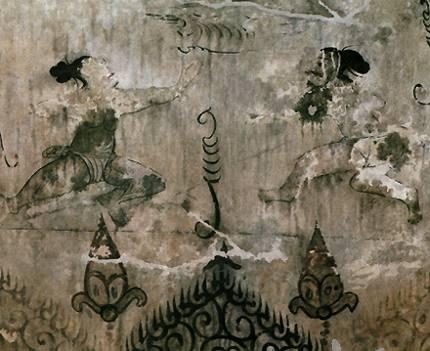
Techniques and Movements 기술과 동작
Techniques of subyokchigi can be broadly divided into "Pal-se"(=Eight Forces) and "Pal-bob"(=Eight Ways). The arms are called "nalgae"(wings), and movements of wings are called "Nalgaechit". Pal-se means eight techniques of "Nalgaechit", which are broken down further into four broader categories, the first of which is "Nalgae-pyogi"(Wing spread); the second is "Nalgae-gyonugi"(Wings aiming); the third is "Nalgae-jupgi"(=Wings folding) and the fourth is "Sonbyokchigi"(=Clapping hands).
수벽치기 기술은 크게 팔세(여덟가지 힘)와 팔(=여덟가지 방법)으로 나눌 수 있다. 팔을 날개라 하고, 날개의 움직임을 날개칫이라 한다. 팔세는 "날개칫"의 여덟가지 기술을 의미하며 이는 더 넓은 네 가지 범주로 나뉜다. 첫 번째는 "날개기"이다. 두 번째는 "날개겨누기"(날개 조준)입니다. 세 번째는 "날개기"(날개 접기)이고 네번째는 "손벽치기"(손뼉치기)이다.
Pal-bob consists of eight ways of hand movements; "Subyok", the way that the center of the palm is used for attack, while the whole palm of the hand is used for degense; "Sonnal"(=Hand blade), which is so called because the edge of the pinkie acts like the blade of a sword; "Bannal”(=the back of the blade), which is the part from the index finger to the wrist representing as the back of a sword; "Godugi"(=fingertip) representing as the sword point; "Jum"(=fist); "Jaebi"(=grabbing), the technique of grabbing the opponent; "Jjipgi"(=pinching), the technique of pinching the vital points of the opponent for immediate control using the thimb and index finger; "ssogi"(=shooting), the technique of flicking by the index and middle fingers.
One can find in each of the movements a visible reminder or enactment of the nature of Korean people.
팔법은 여덟가지 손동작으로 구성되어 있다. "수벽"은 손바닥 중앙으로 공격하고 손바닥 전체로 퇴화하는 방식이다. “손날"(=핸드 블레이드), 새끼손가락의 가장자리가 칼날과 같은 역할을 하기 때문에 그렇게 불린다. 검지에서 손목까지의 부분을 검의 뒷면으로 표현한 "반날(=날의 뒷면)"; 검끝을 나타내는 "고두기"(=손가락 끝); "줌"(=주먹); "재비"(=잡기), 상대를 잡는 기술; 엄지와 검지를 이용해 상대의 급소를 꼬집어 즉각적으로 제압하는 기술인 '집기'. "쏘기"(=사격), 검지와 중지를 사용하여 튕기는 기술이다.
각 동작에서 한국인의 본성을 가시적으로 상기시키거나 구현하는 것을 발견할 수 있다.
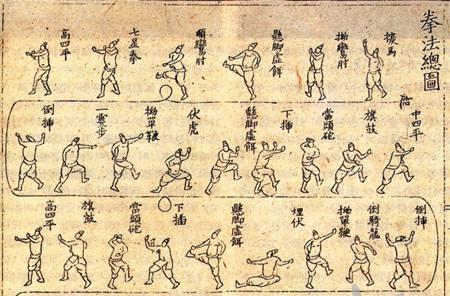
위 URL을 길게 누르면 복사하실 수 있습니다.
 위로
위로


